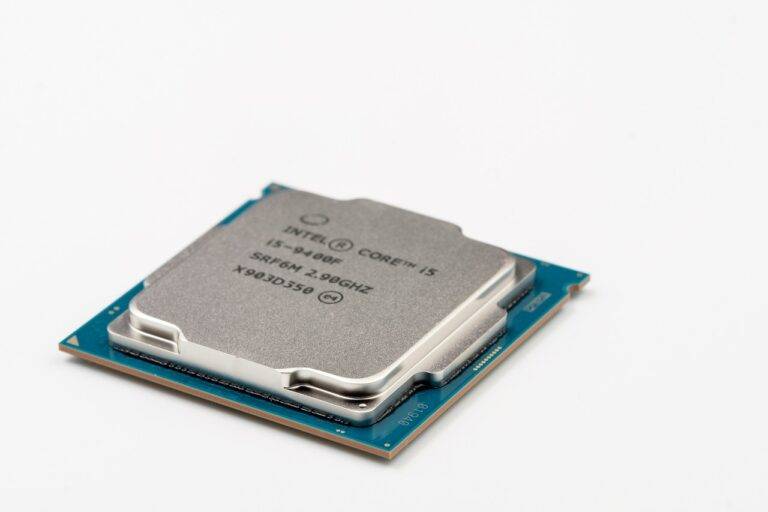The Future of Tech in Smart Transportation Networks
Traffic congestion is one of the most pressing challenges in current transportation systems across the globe. The growing number of vehicles on the roads has led to increased traffic jams, longer commute times, and heightened levels of pollution. This congestion not only affects the daily lives of commuters but also has significant economic implications, as it results in wasted time, increased fuel consumption, and decreased productivity for businesses.
Another major challenge in transportation systems is the lack of sustainable infrastructure and environmentally-friendly modes of travel. Many cities are struggling to reduce their carbon footprint and minimize the environmental impact of transportation. The reliance on fossil fuels and outdated modes of transport has contributed to air pollution, global warming, and other environmental degradation. Addressing these challenges requires innovative solutions and a shift towards more sustainable and eco-friendly transportation options.
Integration of AI and Machine Learning in Transportation Networks
AI and machine learning have revolutionized transportation networks by enabling predictive analytics and optimization of routes in real time. These technologies have the capability to analyze vast amounts of data, such as traffic patterns, weather conditions, and historical trends, to offer personalized and efficient transportation solutions to users. By harnessing the power of AI and machine learning, transportation systems can adapt to changing circumstances dynamically, leading to smoother traffic flows and reduced congestion on roads.
Moreover, the integration of AI and machine learning in transportation networks has paved the way for the development of autonomous vehicles. These self-driving cars leverage sophisticated algorithms to navigate roads, interact with other vehicles, and make decisions based on real-time inputs. As companies continue to invest in this technology, we can anticipate a future where AI-driven vehicles dominate the roads, offering safer and more efficient transportation options for passengers.
What are some of the challenges faced by current transportation systems?
Some of the challenges faced by current transportation systems include traffic congestion, inefficient routing, lack of real-time data analysis, and high accident rates.
How can AI and machine learning technology help improve transportation networks?
AI and machine learning technology can help improve transportation networks by optimizing traffic flow, predicting traffic patterns, enhancing routing algorithms, and improving safety measures through real-time data analysis.
What are some examples of AI and machine learning applications in transportation networks?
Examples of AI and machine learning applications in transportation networks include traffic prediction models, autonomous vehicles, smart traffic lights, demand-responsive transit systems, and route optimization algorithms.
How can the integration of AI and machine learning benefit commuters?
The integration of AI and machine learning can benefit commuters by reducing travel time, minimizing delays, improving safety, enhancing overall transportation efficiency, and providing personalized travel recommendations.
What are some potential drawbacks of relying on AI and machine learning in transportation networks?
Potential drawbacks of relying on AI and machine learning in transportation networks include concerns about data privacy, cybersecurity risks, reliance on technology that may fail or malfunction, and the potential for job displacement in the transportation industry.





